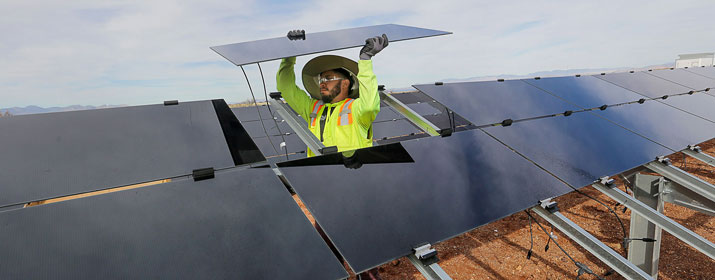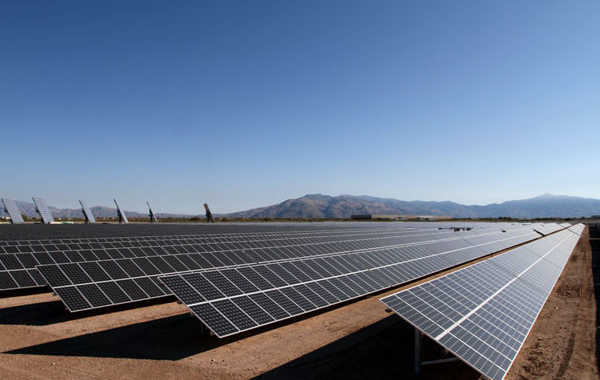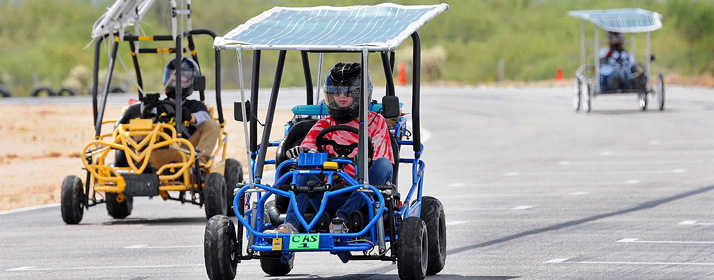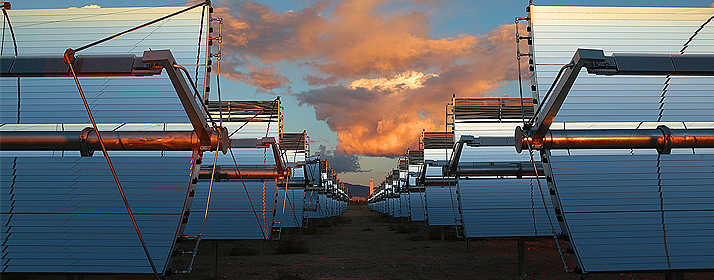
Tucson Electric Power is significantly expanding its solar resources as it seeks to double the amount of renewable power delivered to customers within 15 years.
TEP’s two most recent solar projects will add 26 megawatts of community-scale solar power to its renewable energy portfolio. The company is pursuing a goal to deliver at least 30 percent of its power from renewable resources by 2030, doubling the state’s 2025 goal.
This month, TEP expects to complete a 5 megawatt (MW) addition to the 17.2 MW solar array at Fort Huachuca in Sierra Vista, Ariz. The array, which is owned by TEP and helps the U.S. Army achieve its renewable energy and energy security goals, produces enough power to satisfy more than a quarter of the fort’s energy needs. A 21-MW expansion of our largest community-scale solar resource – the 35 MW Avalon Solar array in Green Valley – was completed in March 2016.
With the completion of these projects, TEP will have 252 MW of community-scale solar resources – enough to power more than 53,000 homes for a year.
Efforts to expand community-scale resources will continue next month, when TEP accepts proposals that would enable the company to purchase power from a new solar facility with up to 100 megawatts of capacity under a 20-year agreement. The project, which could be built within TEP’s service territory or tied into existing transmission facilities, would boost TEP’s total community-scale solar energy resources by up to 40 percent.
TEP also is preparing for the approval of a contract for a new 100 MW wind-powered facility that would be built and owned by a project partner. According to the proposal, TEP would buy power from the new facility for up to 20 years, more than doubling its current wind-powered capacity of about 80 MW. TEP is looking for projects that can tie into the company’s transmission facilities located in the Four Corners region and along the Arizona/New Mexico border from geographic areas with productive wind resources.
TEP anticipates an additional 800 MW of new renewable capacity by the end of 2030, boosting its total renewable energy portfolio to approximately 1,200 MW.






